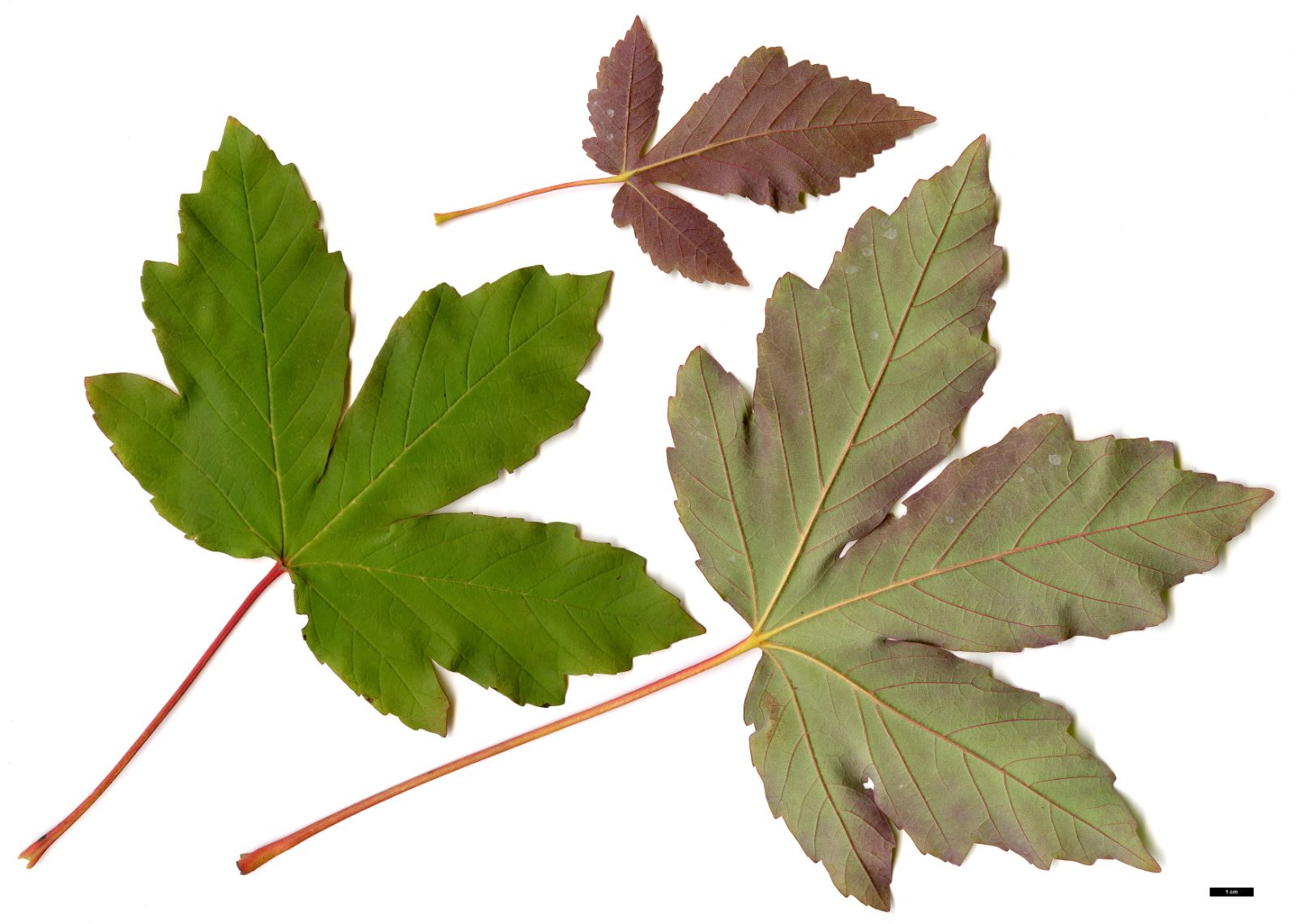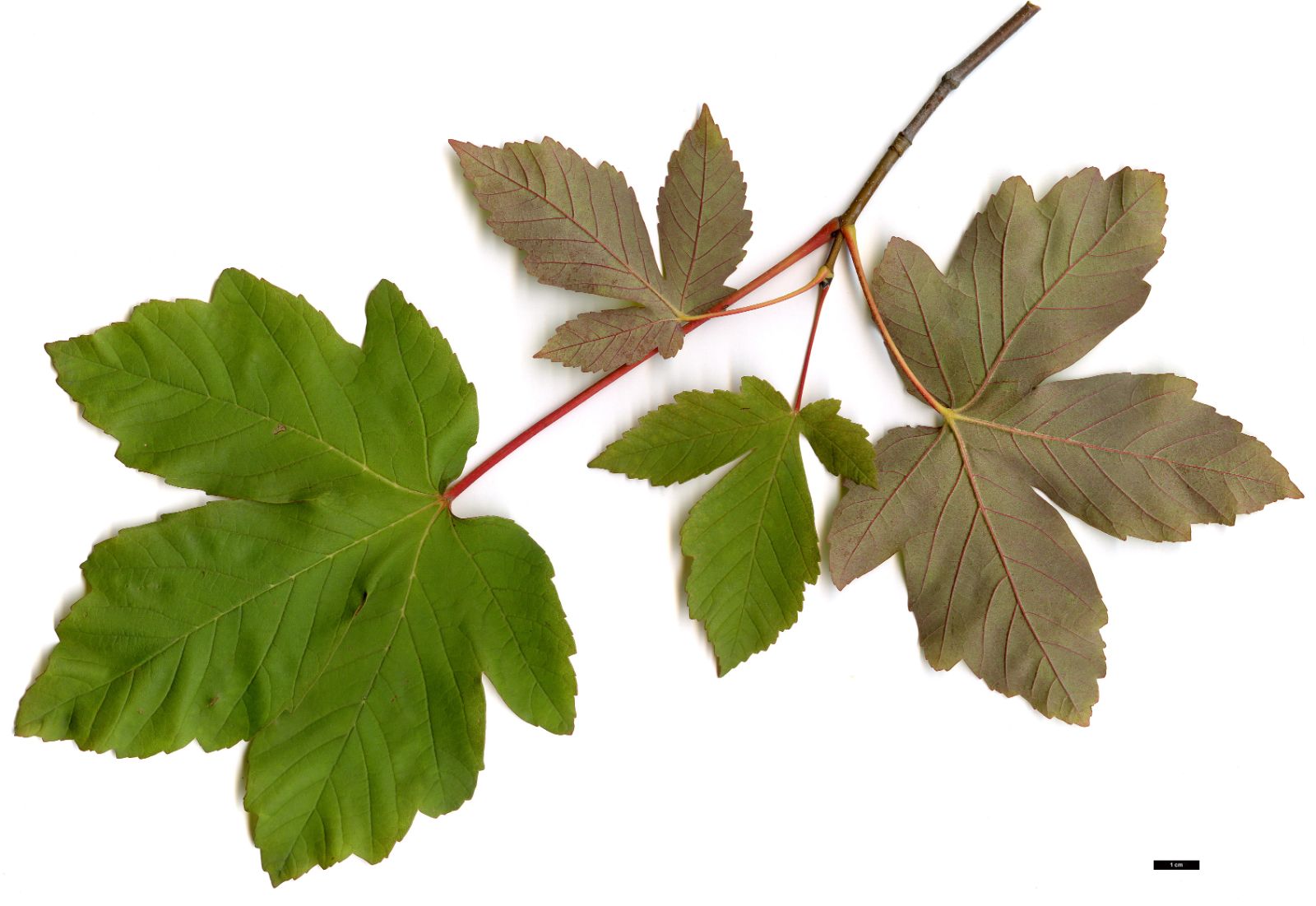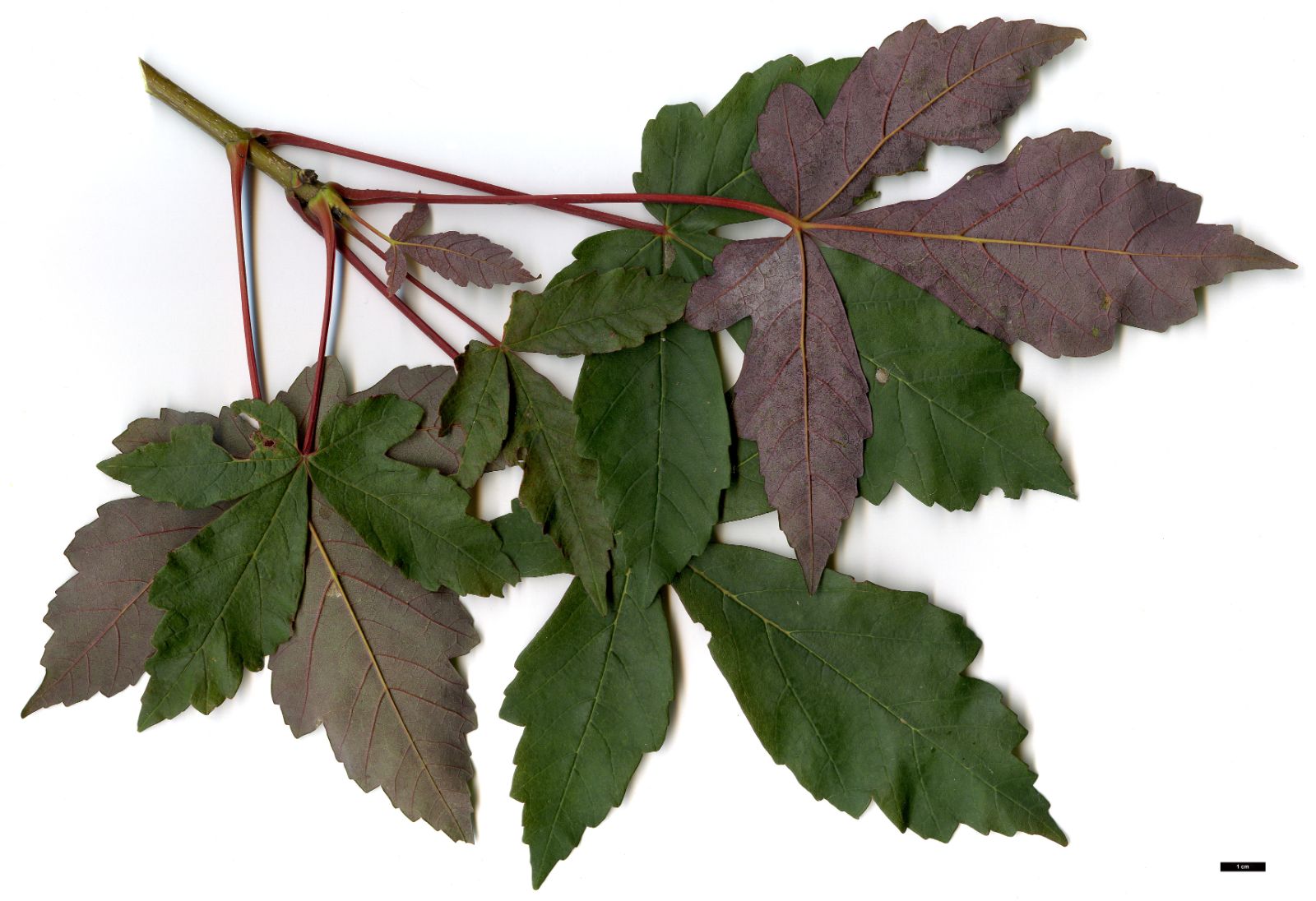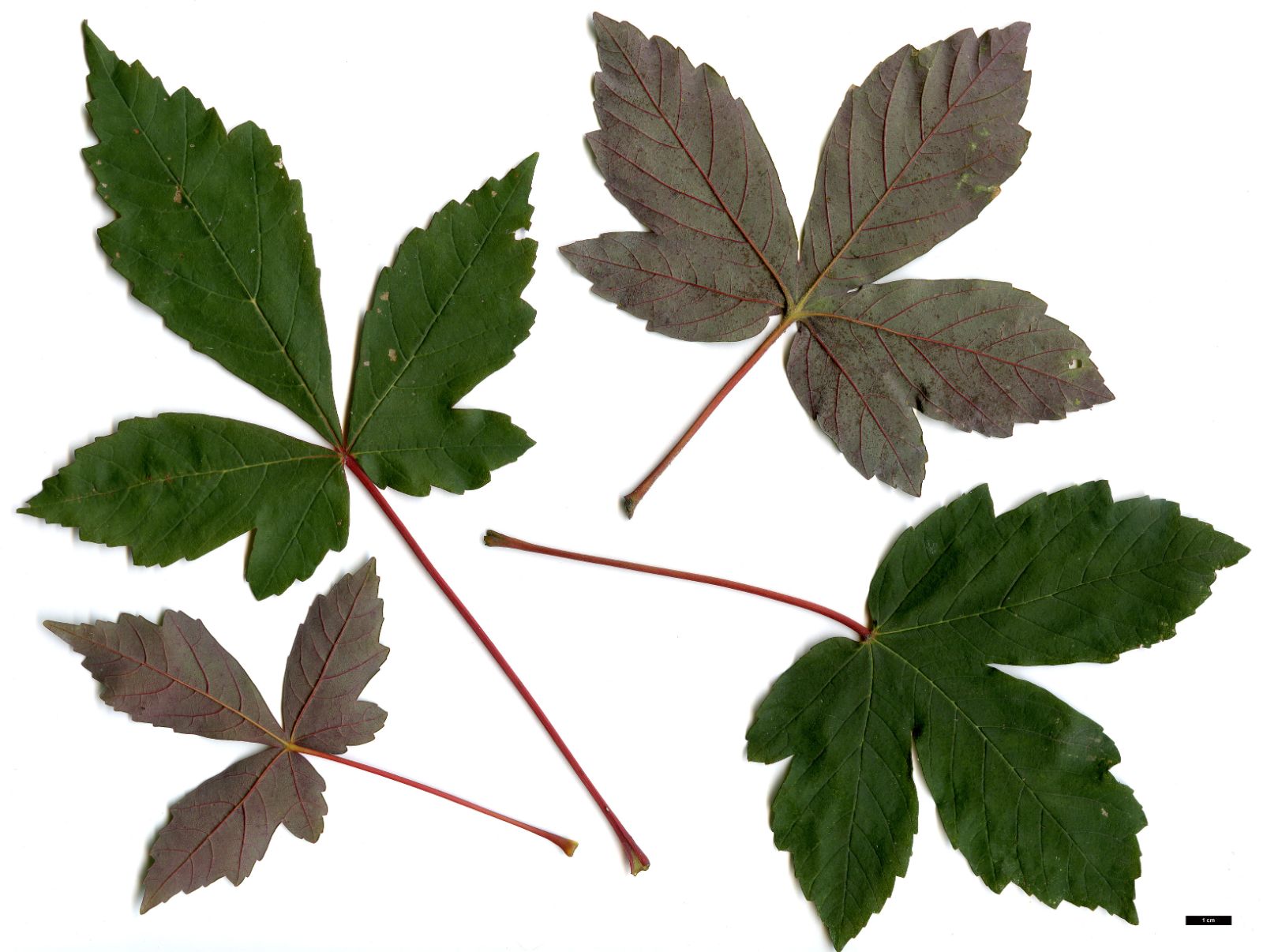Acer × pseudoheldreichii
Sponsor
Kindly sponsored by
The Wynkcoombe Arboretum
Credits
John Grimshaw, Ross Bayton and Dan Crowley (2020)
Recommended citation
Grismshaw, J., Bayton, R. & Crowley, D. (2020), 'Acer × pseudoheldreichii' from the website Trees and Shrubs Online (treesandshrubsonline.
Genus
- Acer
- Sect. Acer, Ser. Acer
Infraspecifics
Other taxa in genus
- Acer acuminatum
- Acer amplum
- Acer argutum
- Acer barbinerve
- Acer buergerianum
- Acer caesium
- Acer calcaratum
- Acer campbellii
- Acer campestre
- Acer 'Candy Stripe'
- Acer capillipes
- Acer cappadocicum
- Acer carpinifolium
- Acer 'Cascade'
- Acer caudatum
- Acer ceriferum
- Acer chapaense
- Acer chienii
- Acer circinatum
- Acer cissifolium
- Acer × conspicuum
- Acer cordatum
- Acer coriaceifolium
- Acer × coriaceum
- Acer crataegifolium
- Acer davidii
- Acer diabolicum
- Acer distylum
- Acer divergens
- Acer duplicatoserratum
- Acer elegantulum
- Acer erianthum
- Acer 'Esk Flamingo'
- Acer fargesii
- Acer fenzelianum
- Acer flabellatum
- Acer forrestii
- Acer franchetii
- Acer × freemanii
- Acer fulvescens
- Acer 'Gimborn'
- Acer ginnala
- Acer glabrum
- Acer 'Gold Coin'
- Acer granatense
- Acer grandidentatum
- Acer griseum
- Acer heldreichii
- Acer henryi
- Acer × hillieri
- Acer hookeri
- Acer hyrcanum
- Acer japonicum
- Acer kawakamii
- Acer komarovii
- Acer laevigatum
- Acer laurinum
- Acer laxiflorum
- Acer lobelii
- Acer longipes
- Acer macrophyllum
- Acer mandshuricum
- Acer maximowiczianum
- Acer maximowiczii
- Acer metcalfii
- Acer miaotaiense
- Acer micranthum
- Acer 'Mindavi'
- Acer 'Minorient'
- Acer miyabei
- Acer miyabei × campestre
- Acer monspessulanum
- Acer morifolium
- Acer 'Mozart'
- Acer oblongum
- Acer obtusifolium
- Acer okamotoanum
- Acer oliverianum
- Acer opalus
- Acer orientale
- Acer palmatum
- Acer papilio
- Acer pauciflorum
- Acer pectinatum
- Acer pensylvanicum
- Acer pentaphyllum
- Acer pentapotamicum
- Acer pictum
- Acer pilosum
- Acer pinnatinervium
- Acer platanoides
- Acer platanoides × amplum
- Acer platanoides × truncatum
- Acer pseudoplatanus
- Acer pseudosieboldianum
- Acer pubinerve
- Acer pycnanthum
- Acer rubescens
- Acer rubrum
- Acer rufinerve
- Acer saccharinum
- Acer saccharum
- Acer sempervirens
- Acer 'Serpentine'
- Acer serrulatum
- Acer shenkanense
- Acer sieboldianum
- Acer sikkimense
- Acer 'Silver Cardinal'
- Acer 'Silver Ghost'
- Acer sinense
- Acer sinopurpurascens
- Acer spicatum
- Acer stachyophyllum
- Acer taronense
- Acer tataricum
- Acer tegmentosum
- Acer tenellum
- Acer tetramerum
- Acer tibetense
- Acer tonkinense
- Acer triflorum
- Acer truncatum
- Acer tschonoskii
- Acer turkestanicum
- Acer tutcheri
- Acer ukurunduense
- Acer velutinum
- Acer wardii
- Acer 'White Tigress'
- Acer wilsonii
- Acer × zoeschense
This taxon is the result of a cross between A. pseudoplatanus and A. heldreichii, and occurs both in the wild and freely in horticulture. It is a large tree, with a habit similar to that of the parents. Leaves deciduous, palmately 5-lobed, 10–15 cm across, divided to half of the blade length, upper surface green with deeper green veins, lower surface glaucous or light green; autumn colour yellow. Samaras on long, pendulous racemes; samaras 3–5 cm long. (van Gelderen et al. 1994).
Distribution Albania Bosnia and Herzegovina Bulgaria Greece North Macedonia Montenegro Serbia
Habitat As for the parent species.
USDA Hardiness Zone 5
Conservation status Not evaluated (NE)
A Sycamore look-alike will perhaps not often be the first choice for planting, but in a large arboretum the mass of dark foliage provided by Acer × pseudoheldreichii could be a useful foil to other trees. It is very hardy, and large specimens are recorded from the Belmont Arboretum, Wageningen, the Netherlands (van Gelderen et al. 1994), Rogów Arboretum (P. Banaszczak, pers. comm. 2007), and Kew, where it was 15 m, dbh 41 cm in 2010 (The Tree Register 2018). From A. pseudoplatanus, its leaves are more deeply dissected, more similiar to A. heldreichii, while it lacks the dark brown buds of that species. They may be edged brown in this taxon, but are predominantly green.
'Blagdon'
RHS Hardiness Rating: H7
Much more interesting than the typical form of this hybrid, ‘Blagdon’ is a darkleaved clone raised from A. heldreichii seeds by the late Matthew Ridley at Blagdon, Northumberland. It is assumed that the other parent was A. pseudoplatanus ‘Atropurpureum’. The attractively shaped, deeply lobed leaves of the selection remain purple-tinged all summer. The original tree was measured at 12 m tall in 2013 (The Tree Register 2018). Grafted plants have been widely distributed from Blagdon, though, as of April 2020, it appears not yet to be in commerce. A young tree at Westonbirt Arboretum, Gloucestershire, developed an untidy form at first, though has since gained a more upright habit (pers. obs).






